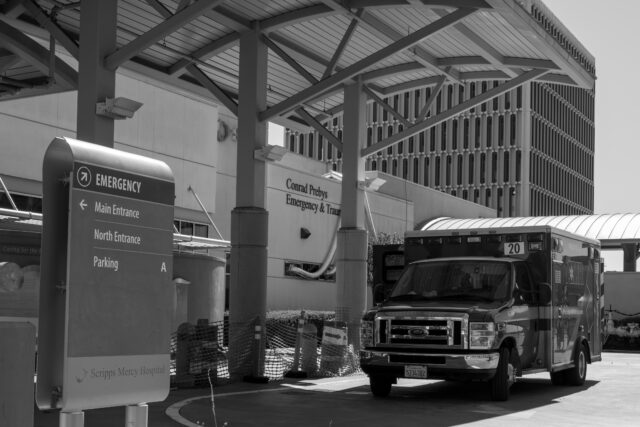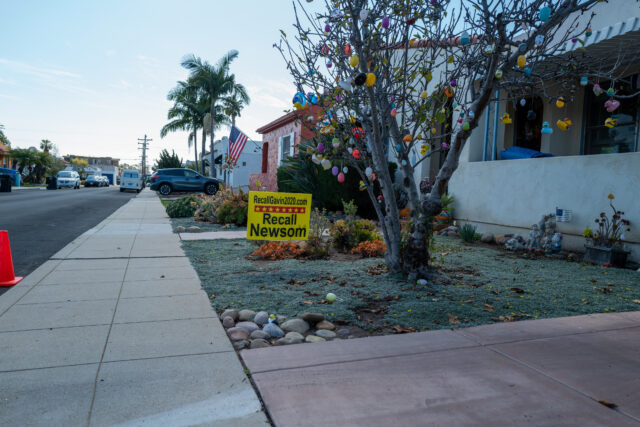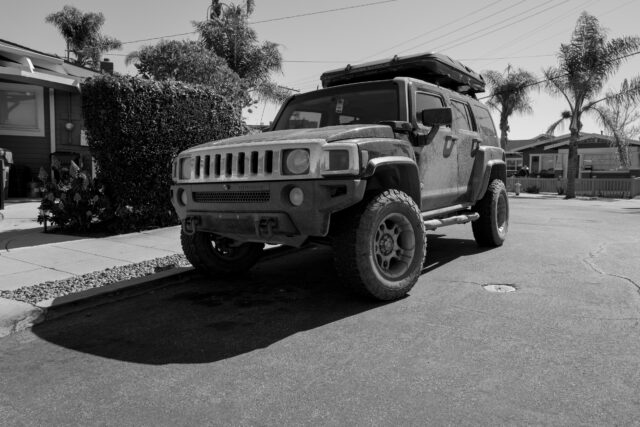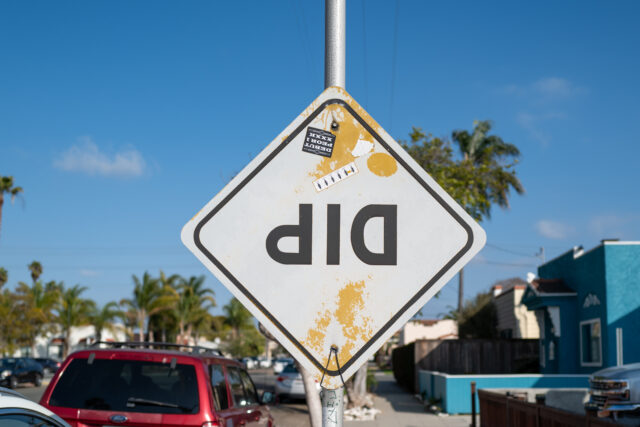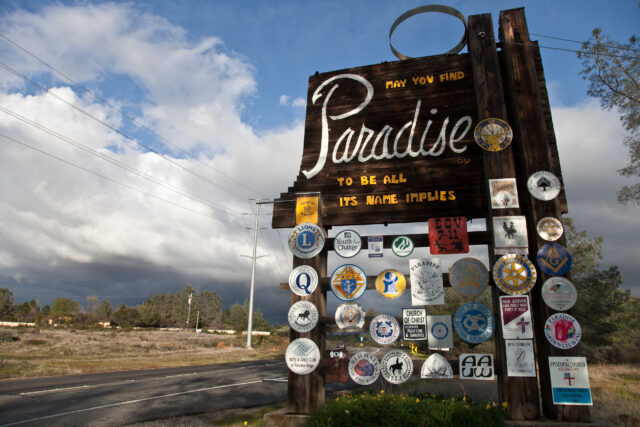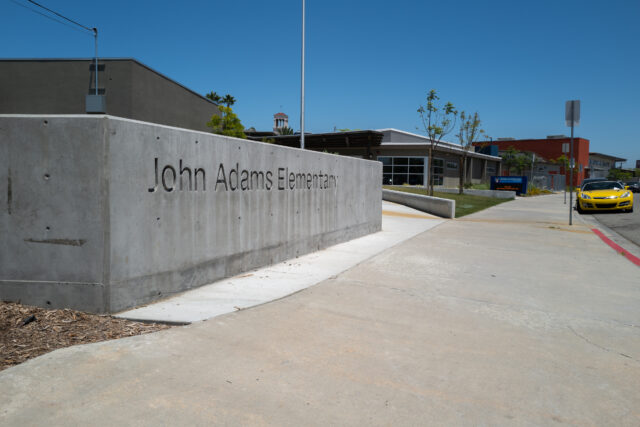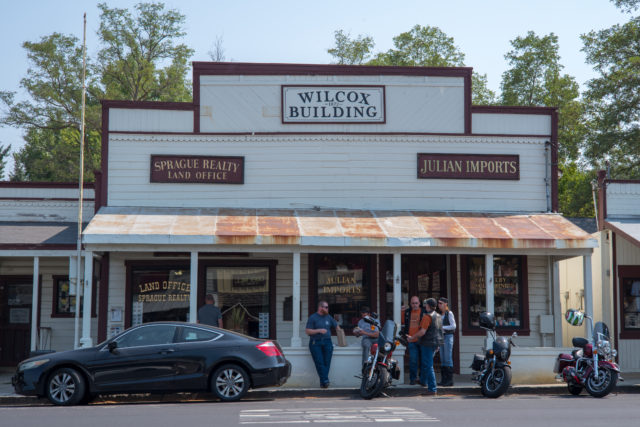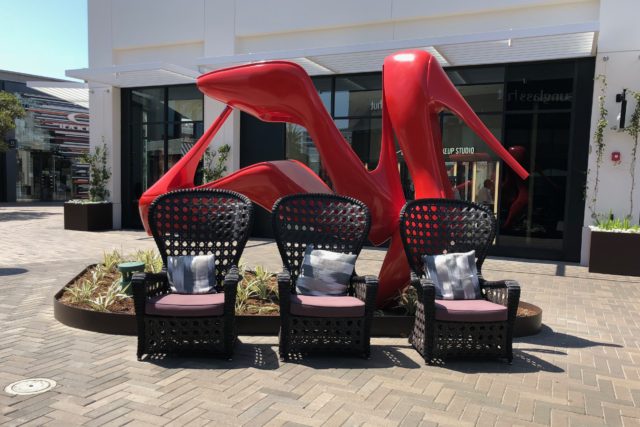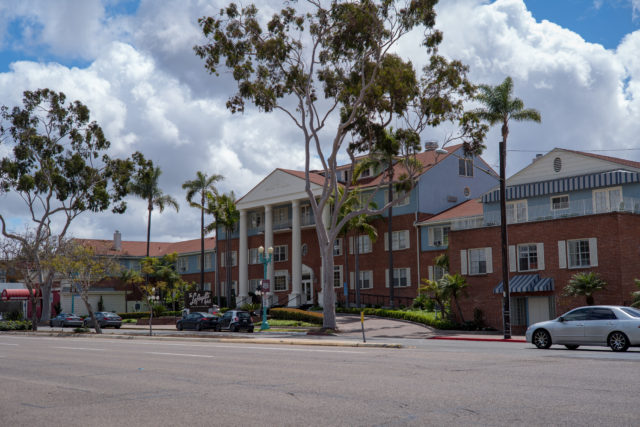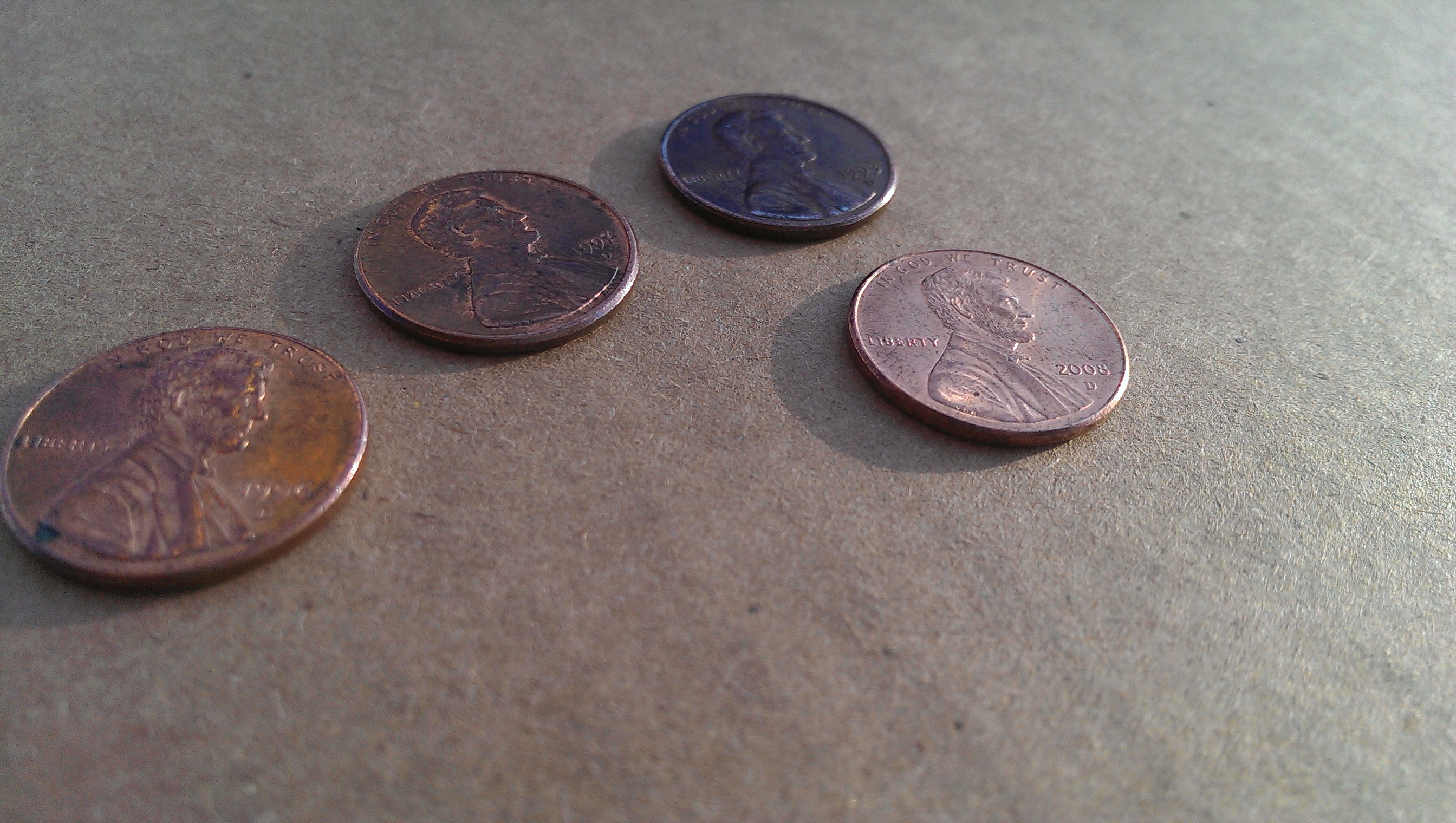The four words of this essay’s title are exactly my reaction to learning about China’s massive quarantine for the Novel Coronavirus in late-January 2020. I warned my wife and anyone else to prepare for the spread of fear: How it would infect and disrupt distribution of goods and services; how panic would lead to supply shortages; how desperation might cause people to react violently. But following the World Health Organization declaring a pandemic, one year ago today, the outcome over 12 months is much worse than I expected.
Society didn’t suddenly break down from widespread contagion, like portrayed by Hollywood films and TV shows. Instead, the economic and social fabrics shredded over longer time, as well-meaning citizens obeyed orders to “shelter-in-place“, “social distance“, and close their businesses. My contention: When Science catches up with collated data, the forensic analysis will show that governments over-reacted with lockdowns that inflicted more harm than the virus that everyone feared. Meaning: The cure is far more damaging than the disease, which danger is overblown.
